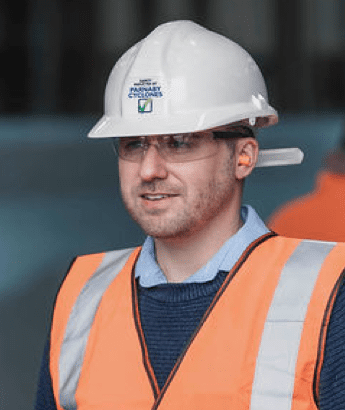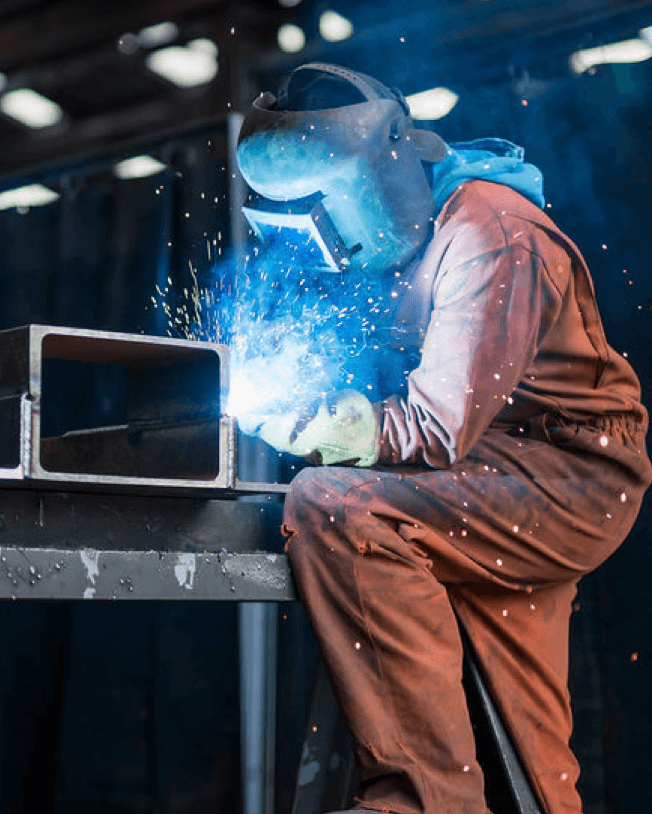Overview
The Parnaby range of filter plate presses are used at the last stage of effluent treatment to remove the water content from the sludge.
Plate style filter presses operate on a batch cycle, where the dirty water is fed into a series of plates which are compressed together to effectively dry the filter cake by squeezing out the water content. A water filter press is a cost efficient and reliable method of separating solids from liquid to produce dry filter cake and particle-free filtrate.
Parnaby’s vast experience around water treatment allows our knowledgeable team to advise on the optimal filter press solution to suit your specific project. The key areas for consideration are throughput, silt composition, budget, desire/ability to press on and water volumes
Specifications
-
Variable plate number configurations
-
Plate sizes
-
Buffer tank setup to enable optimal production
-
Variable cycle times.
Benefits of a water filter press
- High throughput
- Batch processing
- Low moisture filter cake
- Clean water to recycle
- Minimal operator supervision
- Maximum reliability
- Minimum maintenance.
Technical Details
| No of Plates | Plate Dimensions | Optional Features |
|---|---|---|
| 20 to 250 | 800x800 upto 2500x2500 | Fully automated plate shifting |
| Cake shaking mechanism | ||
| Cloth wash system | ||
| Rapid cake discharge systems |
How does a filter press work?
The filter plate press is used to remove the water content from the sludge in a wet processing system. A plate press works on the principle of slurry being fed into the system where the material is squeezed dry by the plates which are filled with the material. After the cycle is finished the clean cakes are discharged, leaving them extremely dry for future purposes.
Make an enquiry

Ian Parnaby
Projects Manager



